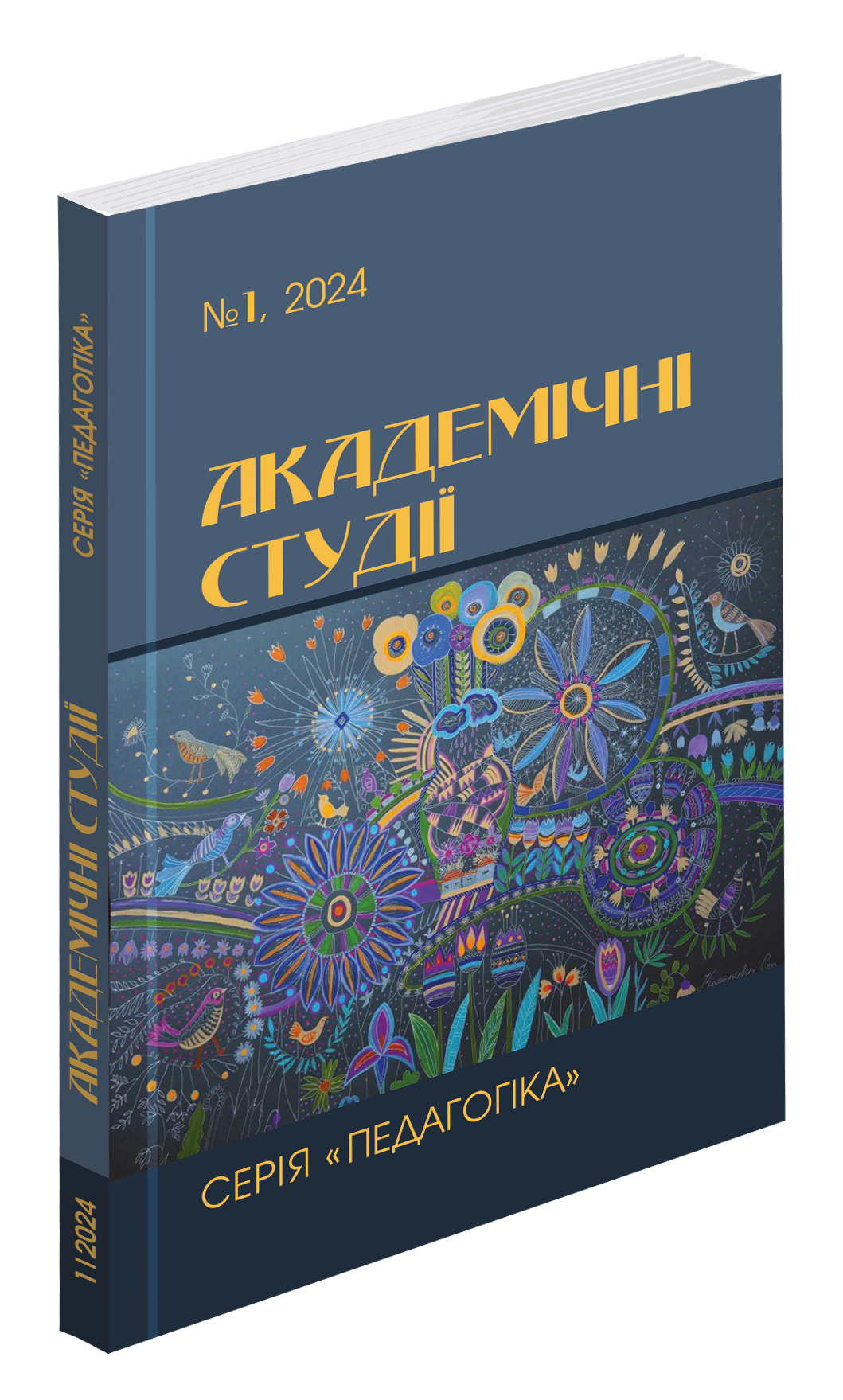Abstract
The paper examines Duolingo’s application in higher education as an English teaching tool, analysing its benefits, limitations, and optimal integration strategies. Duolingo’s accessibility, flexibility, and personalized learning approach, facilitated by AI-driven algorithms, offer a tailored educational experience that enhances learner engagement through gamification. Although Duolingo serves as an effective supplemental tool to traditional teaching methods, addressing beginner and intermediate learners’ needs, it falls short in providing authentic language practice and meeting academic English requirements. The incorporation of gamification enhances user engagement and motivation, making it a beneficial supplement to traditional teaching methodologies by offering additional practice. By adopting a balanced integration strategy, educators can leverage Duolingo’s potential to augment language acquisition and contribute to academic success in higher education settings. The paper outlines several advantages of using Duolingo, including the convenience of learning at one’s own pace and location, the tailored learning paths facilitated by AI, and the motivational boost from gamified elements. It also positions Duolingo as a valuable adjunct to conventional academic programs by reinforcing learning. However, it acknowledges certain drawbacks, such as potential deficiencies in authentic language practice, the risk of reduced personal interaction due to technology reliance, and the platform’s limited focus on academic language skills. To counter these issues, the paper recommends a blended learning strategy that combines Duolingo with traditional educational practices, the integration of authentic materials for cultural and linguistic competency, and the inclusion of specialized courses for academic English skills. The paper advocates for Duolingo’s strategic incorporation into higher education’s English teaching frameworks. It suggests that a balanced approach, which combines technological tools with human elements and real-world practice, will amplify Duolingo’s benefits, thereby fostering more effective language learning and academic success.
References
Apoko, T. W., Dunggio, A. A., & Chong, S. L. (2023). The students’ perceptions on the use of mobile-assisted language learning through Duolingo in improving vocabulary mastery at the tertiary level. English Review: Journal of English Education, 11(1), 17–26. https://doi.org/10.25134/erjee.v11i1.7069.
De La Vall, R. R. F., & Araya, F. G. (2023). Exploring the benefits and challenges of AI-Language learning tools. The International Journal of Social Sciences and Humanities Invention, 10(01), 7569–7576. https://doi.org/10.18535/ijsshi/v10i01.02.
Hakimantieq, H., Suherdi, D., & Gunawan, W. (2022). Duolingo as a Mobile-Assisted Language Learning: A new supplementary of learning basic English reading for EFL students. Edukatif, 4(6), 7548–7558. https://doi.org/10.31004/edukatif.v4i6.4104.
Irzawati, I. (2023). The integration of Duolingo into EFL learning. Esteem, 6(2), 328–337. https://doi.org/10.31851/esteem.v6i2.12317.
Li, Z., & Bonk, C. J. (2023). Self-directed language learning with Duolingo in an out-of-class context. Computer Assisted Language Learning, 1–23. https://doi.org/10.1080/09588221.2023.2206874.
Mijwil, M. M., Abdulrhman, S. H., Abttan, R. A., Mijwil, M. M., & Alkhazraji, A. (2023). Artificial intelligence applications in English language teaching: A short survey. Asian Journal of Applied Sciences, 10(6). https://doi.org/10.24203/ajas.v10i6.7111.
Nita, S., Sari, E. R. N., Sussolaikah, K., & Risky, S. M. F. (2023). The implementation of Duolingo application to enhance English learning for millennials. Journal International of Lingua and Technology, 2(1), 1–9. https://doi.org/10.55849/jiltech.v2i1.215.
Peláez-Sánchez, I. C., & Velásquez-Durán, A. (2023). The impact of Duolingo in developing students’ linguistic competence: an aspect of communicative language competences. Educação E Pesquisa, 49. https://doi.org/10.1590/s1678-4634202349252467eng.
Permatasari, D., & Aryani, F. (2023). Duolingo: an enchanting application to learn English for college students. ELTR Journal, 7(2), 101–109. https://doi.org/10.37147/eltr.v7i2.176.
Ritonga, M., Febriani, S. R., Kustati, M., Khaef, E., Ritonga, A. W., & Yasmar, R. (2022). Duolingo: an Arabic Speaking Skills’ learning platform for andragogy education. Education Research International, 2022, 1–9. https://doi.org/10.1155/2022/7090752.
Su, F., & Zou, D. (2022). Learning English with the mobile language learning application “Duolingo”: the experiences of three working adults at different proficiency levels. International Journal of Mobile Learning and Organisation, 16(4), 409. https://doi.org/10.1504/ijmlo.2022.125959.
Vesselinov, R., & Grego, J. (2012, December). Duolingo effectiveness study: FINAL REPORT. Retrieved from https://theowlapp.health/wp-content/uploads/2022/04/DuolingoReport_Final-1.pdf.
Zou, B., Guan, X., Shao, Y., & Chen, P. (2023). Supporting speaking practice by social Network-Based Interaction in Artificial intelligence (AI)-Assisted language learning. Sustainability, 15(4), 2872. https://doi.org/10.3390/su15042872.

